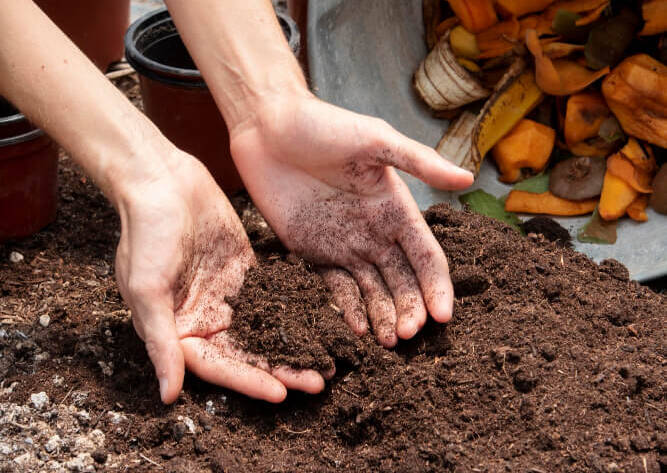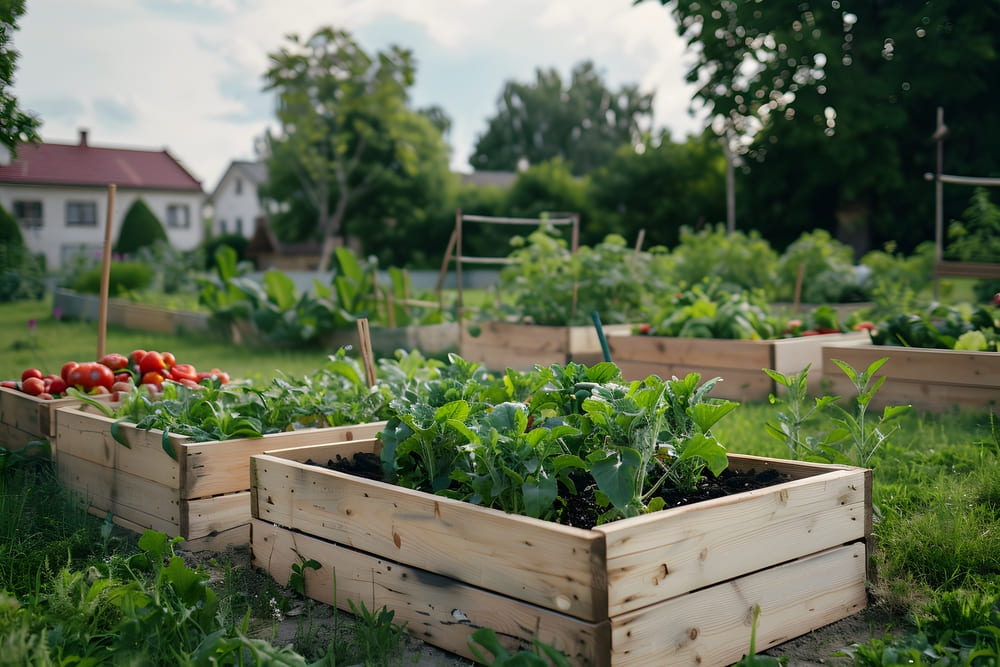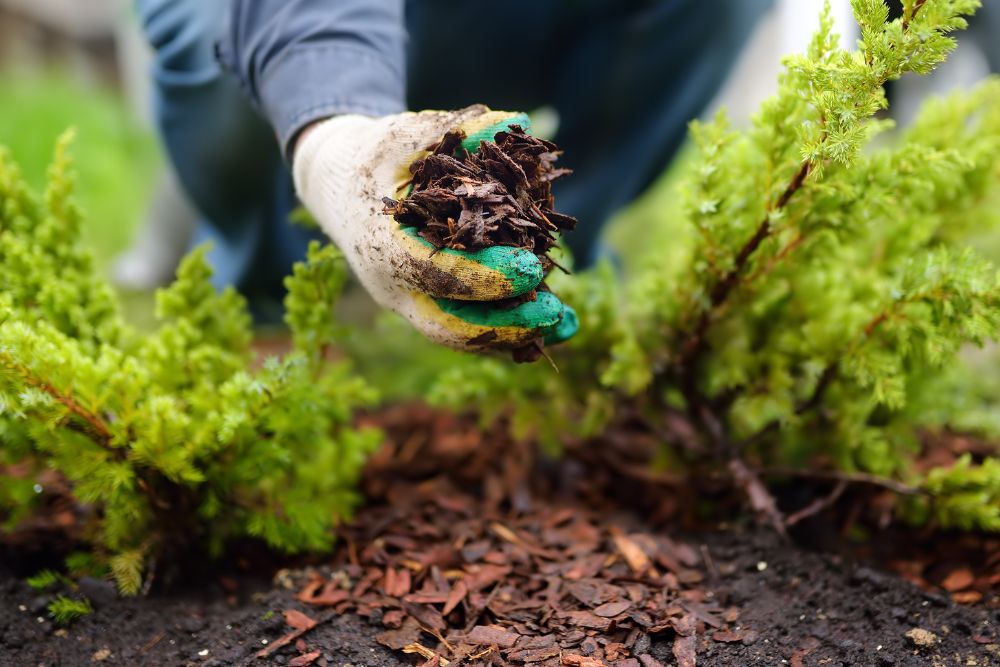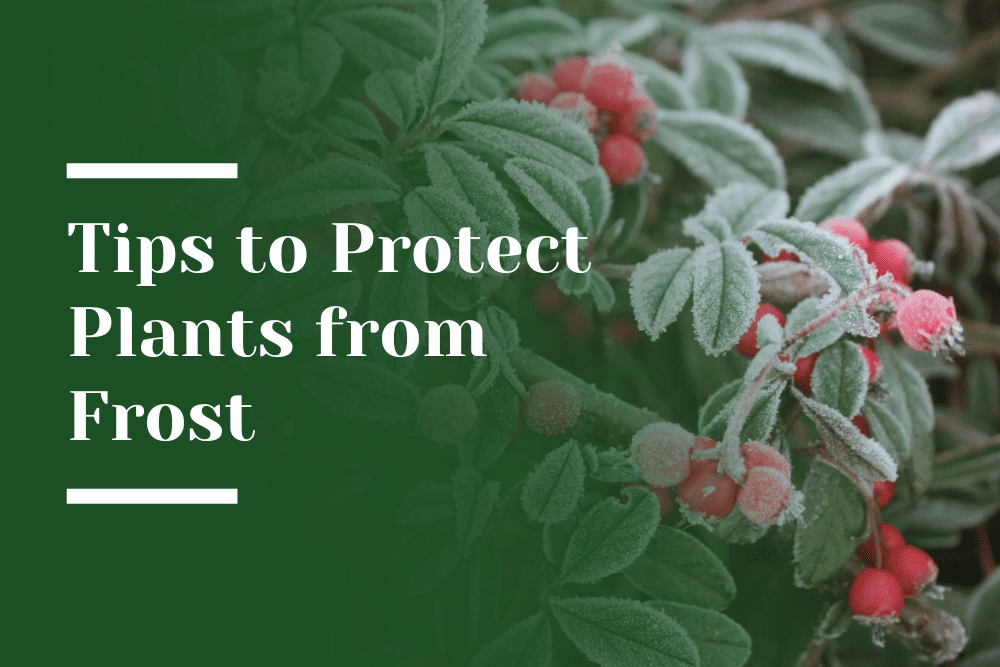When you think of the Bay Area, frost probably isn’t the first thing that comes to mind. With our famously mild winters and coastal climate, it’s easy to assume plants are safe year-round. But even in San Francisco and the surrounding Bay Area microclimates, temperatures can dip low enough to damage tender plants — especially in valleys, foothills, or open gardens.
As professional Bay Area landscapers, we know that a few simple steps taken before and during the colder months can help your garden not only survive but thrive when spring arrives.
Here’s a complete guide on how to protect your plants from frost in the Bay Area’s mild winters, while giving your landscape a healthy head start for the new season.
Why Frost Protection Matters in the Bay Area
The Bay Area’s weather can be unpredictable. While coastal neighborhoods like San Francisco and Pacifica rarely freeze, regions such as San Jose, Pebble Beach, Carmel-by-the-Sea, and parts of Marin County can experience overnight temperatures that drop close to or even below freezing during the winter months. These cooler microclimates often surprise homeowners, especially when tender plants show signs of frost damage after a sudden cold snap.
Even light frost can cause:
Leaf burn and discoloration
Wilting or blackened stems
Damage to fruit trees and tender perennials
Root damage in potted or shallow-rooted plants
The good news? With the right landscaping preparation, you can easily protect your garden from sudden temperature dips and keep it healthy through winter.
1. Add Compost Before Winter for Healthier Soil

Late fall and early winter are the best times to enrich your soil. Adding compost before winter gives beneficial nutrients and microbes a chance to establish themselves long before the spring growing season.
Why this helps:
Compost improves soil structure and drainage, reducing frost damage to roots.
Nutrients remain in the soil over winter, ready for plants to absorb as they wake up in spring.
Compost acts as a natural insulator, protecting roots from extreme temperature fluctuations.
If you already have a compost pile, this is the perfect time to spread it evenly throughout your garden beds. Any leftover compost that won’t decompose much during winter can be used now — winter’s cooler, wetter conditions allow the organic material to settle into the soil naturally.
Pro Tip: Before adding compost, remove fallen leaves, dead branches, and diseased plant material to prevent pests and fungal issues in spring.
2. Clean and Prepare Garden Beds Before Frost Hits

Prepping your garden beds in late fall helps prevent problems down the line.
Here’s what to do:
Remove debris and old plant matter. Dead leaves and weeds can harbor pests and disease spores.
Trim diseased or damaged branches. This prevents infection from spreading during dormancy.
Loosen compacted soil. This allows air and water to move freely, helping roots stay healthy.
By cleaning out your beds and trimming your plants before winter, you create a healthier environment that will bounce back faster when spring growth begins.
3. Mulch for Root Protection and Moisture Retention

One of the easiest and most effective ways to protect your plants from frost is by adding mulch. Mulch helps to retain soil warmth and moisture, creating a buffer against temperature swings.
Use materials like:
Shredded bark
Straw
Wood chips
Leaves or compost
Apply 2–4 inches of mulch around the base of shrubs, perennials, and young trees. Keep the mulch a few inches away from stems to prevent rot.
Special Tip for Rose Lovers:
If you have roses, mound compost or mulch around the crown of the plant — this helps protect it from cold snaps and fluctuating temperatures.
4. Choose Hardy and Native Plants Suited for Bay Area Winters
Frost protection starts with the right plant selection. Some plants naturally withstand cooler weather better than others.
Here are a few frost-tolerant plants ideal for Bay Area gardens:
Grasses: Blue fescue, purple fountain grass
Shrubs: Manzanita, lavender, rosemary
Perennials: Yarrow, echinacea, agapanthus
Trees: Olive trees, Japanese maple, citrus (with mild protection)
Using native and drought-tolerant plants helps your garden stay strong during seasonal changes while supporting local pollinators.
5. Cover Tender Plants During Frost Warnings

When frost is forecasted, quick action can make all the difference.
Use these to protect sensitive plants:
Frost cloths or garden blankets
Burlap
Old sheets or lightweight fabric (avoid plastic—it traps moisture and damages leaves)
Cover plants in the evening when temperatures start to drop, and uncover them during the day to allow sunlight and airflow.
If you have potted plants, move them closer to the house or under covered patios for added warmth and shelter.
6. Water Before a Frost
Surprisingly, moist soil retains heat better than dry soil. A good watering a day before an expected frost can help the ground stay slightly warmer, protecting roots.
Be sure not to overwater, though — soggy soil can lead to root rot, especially in heavy clay soil common in parts of the Bay Area.
7. Prune Wisely — But Don’t Overdo It
While winter pruning can be beneficial for structure and shape, heavy pruning just before a frost can expose tender new growth to cold damage.
Do this instead:
Lightly prune dead or diseased wood.
Wait until late winter or early spring for major pruning.
This approach ensures plants are strong and ready to grow once the risk of frost has passed.
8. Use Microclimates to Your Advantage
The Bay Area’s diverse terrain offers plenty of microclimates. Understanding your property’s unique environment can help you position sensitive plants wisely.
Tips:
Plant frost-sensitive species near walls, fences, or patios where reflected heat offers protection.
Avoid planting in low-lying areas where cold air settles overnight.
Consider raised garden beds to improve drainage and warmth.
9. Inspect Irrigation Systems Before Winter
Before temperatures drop, check your irrigation system to prevent damage from freezing water.
Turn off automatic timers if heavy rain is expected.
Drain exposed pipes and wrap them with insulation.
Adjust watering schedules to suit cooler conditions (less frequent, but deep watering).
Proper irrigation care not only prevents frost damage but also conserves water during the rainy season.
10. Plan Ahead for Spring During Winter
Winter is a great time to plan for your next landscape upgrades.
Since most plants are dormant, this is when professional landscapers like Petrus Landscape can:
Redesign beds and borders
Add new hardscaping features
Improve soil health
Install new irrigation or drainage systems
You can use winter downtime to schedule design consultations and prepare your landscape for spring growth.
A Little Prep Goes a Long Way
While the Bay Area’s winters are mild, a few cold nights can still damage your plants if they’re unprotected.
By adding compost, applying mulch, pruning wisely, and using frost covers when needed, you’ll keep your garden healthy all season long — ready to burst into color when spring arrives.
At Petrus Landscape, we specialize in Bay Area landscaping, private estate gardening, and seasonal landscape maintenance that ensures your outdoor spaces stay beautiful year-round.
Whether it’s frost protection, irrigation upgrades, or planting for winter interest, our team brings craftsmanship, sustainability, and attention to detail to every project.
Need help preparing your Bay Area garden for winter?
Contact Petrus Landscape today for professional advice and maintenance tailored to your property.



